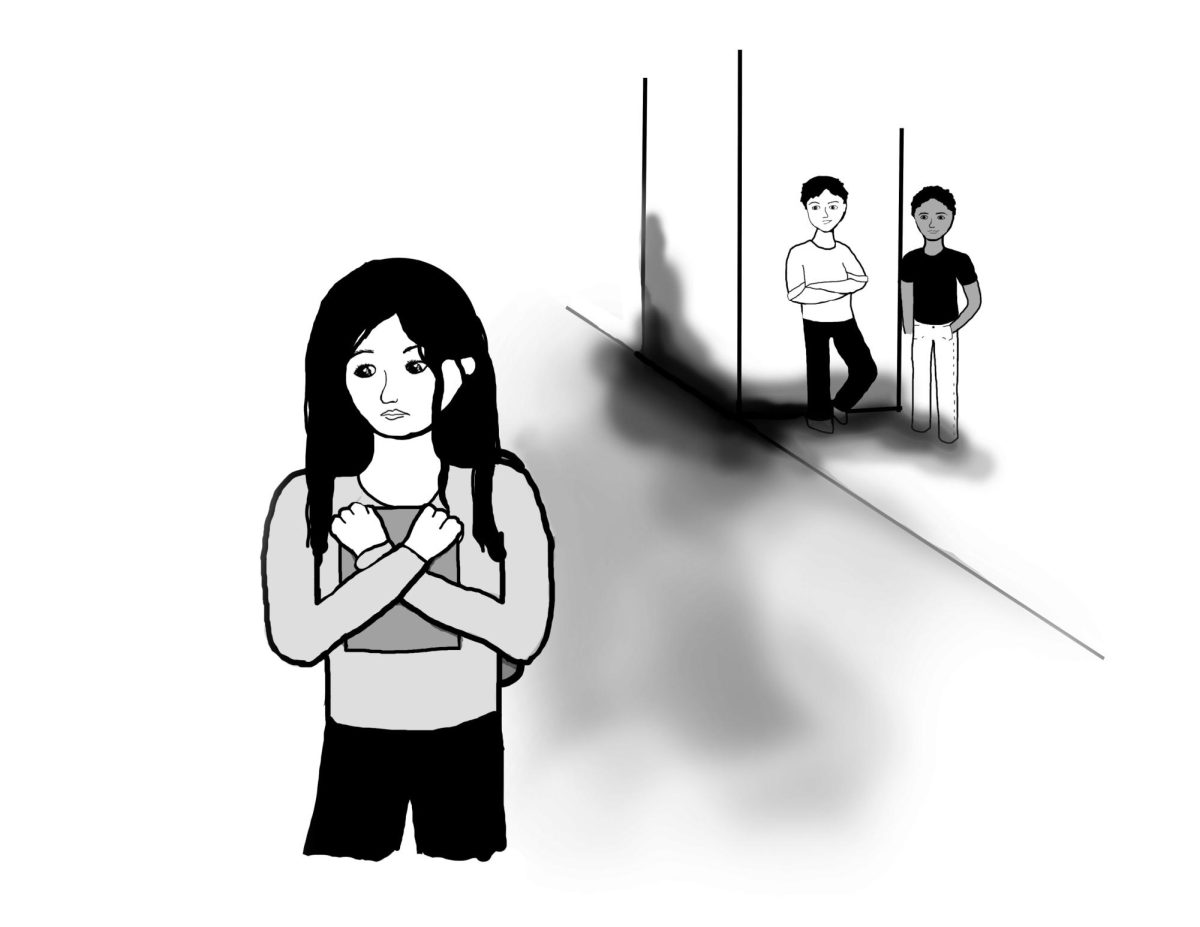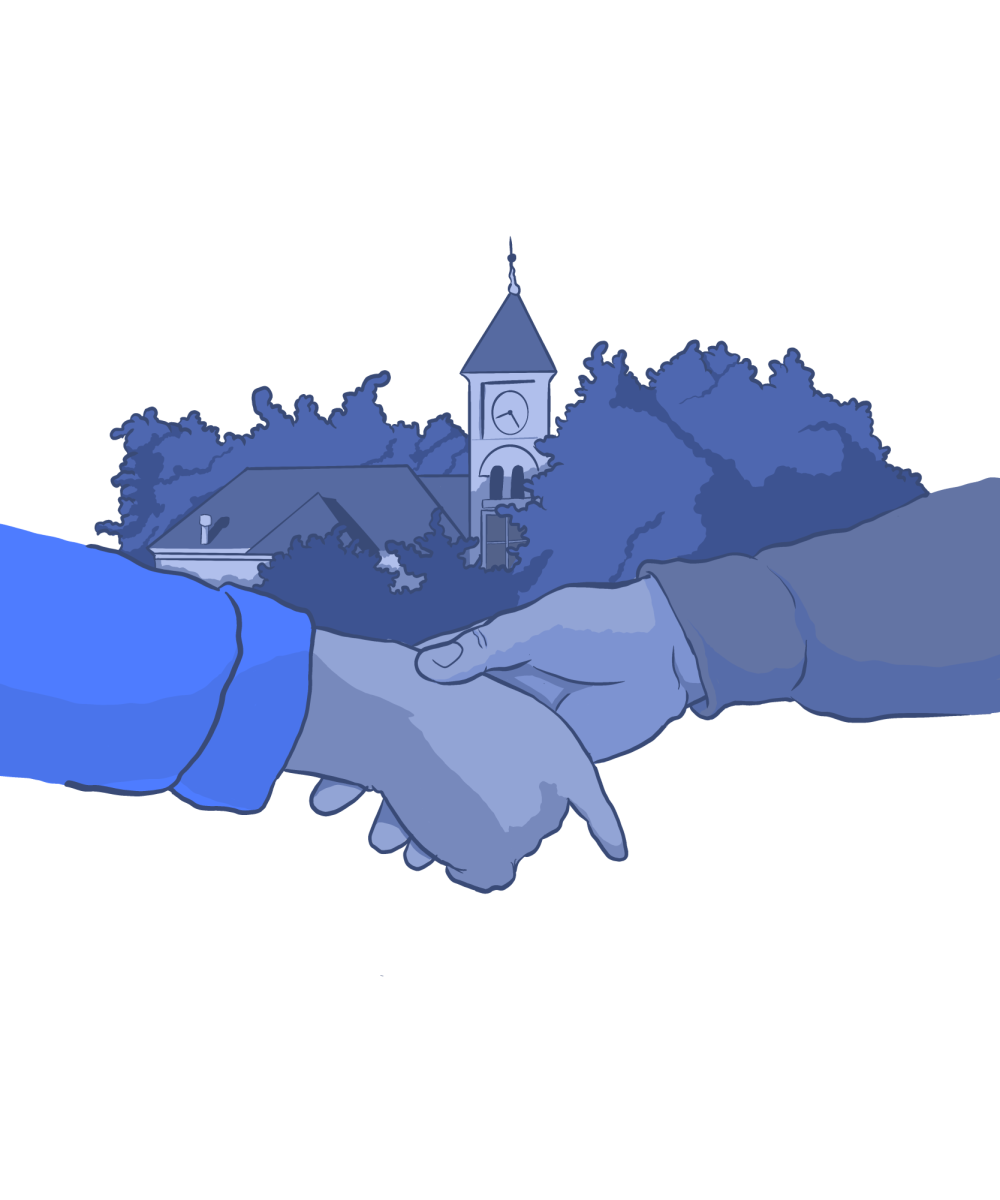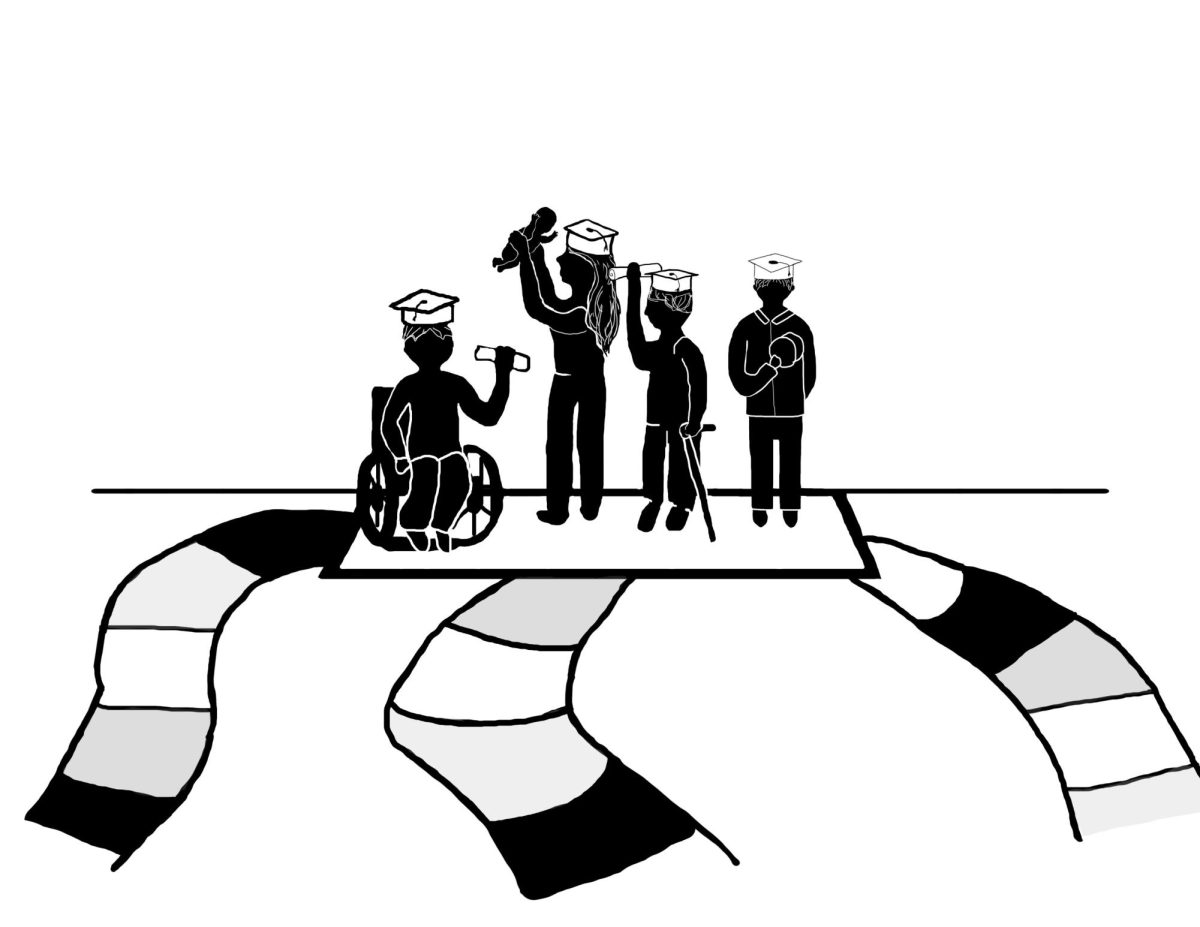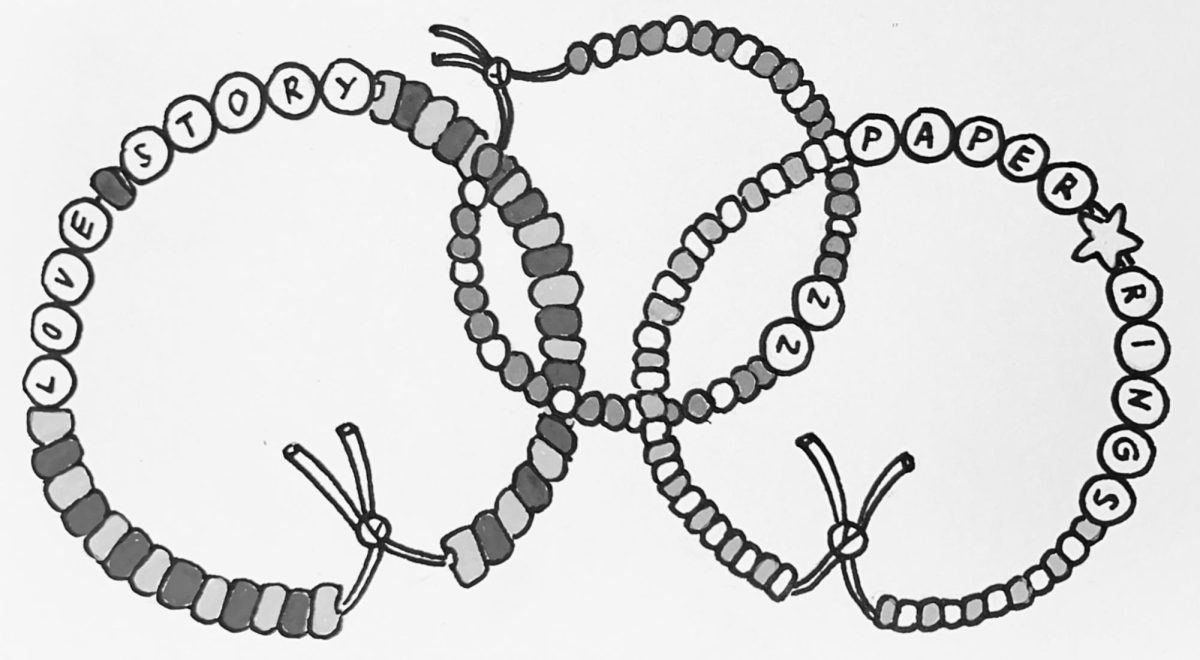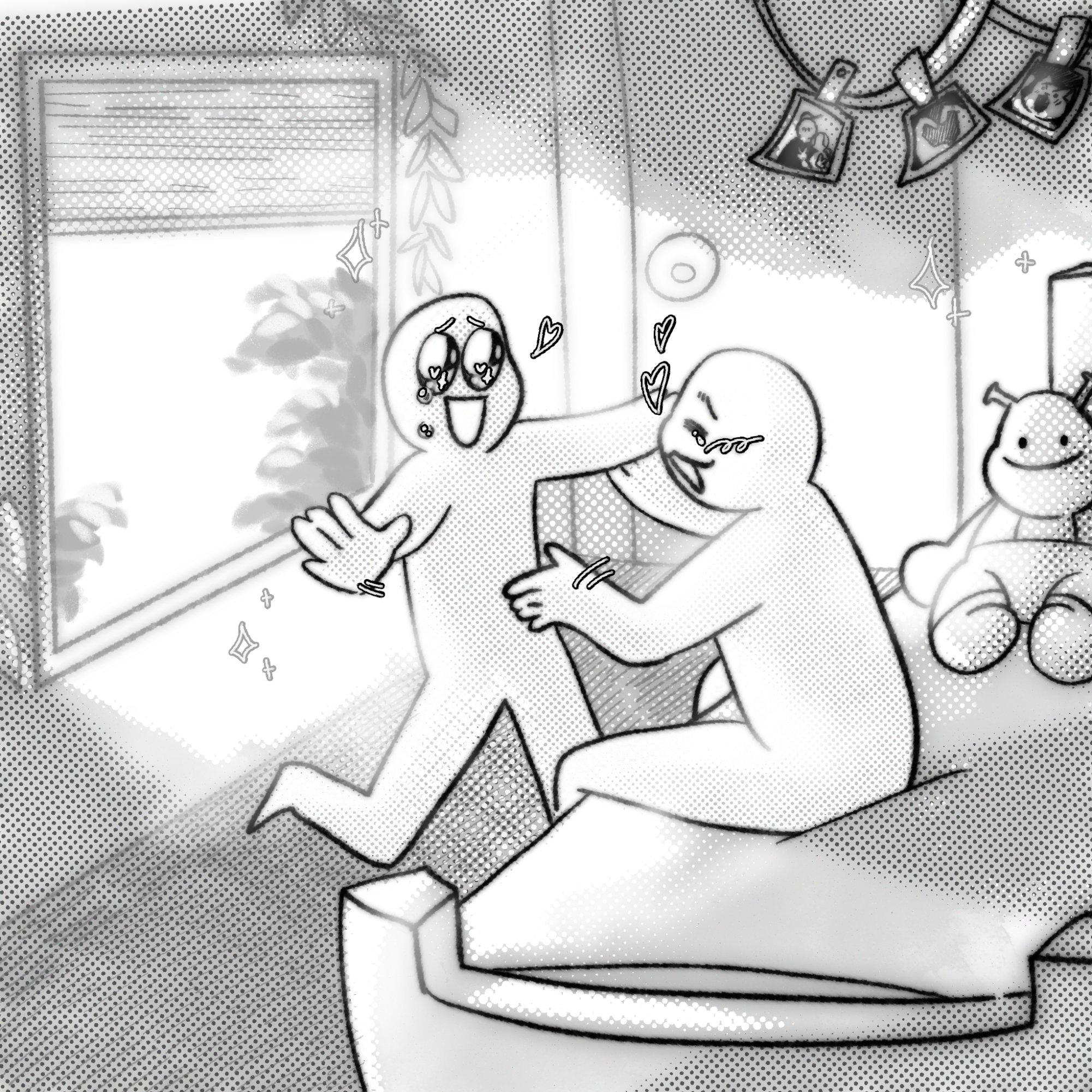
As much as it pains us to admit it, life is built on uncertainty. We undergo transitions constantly, whether they be into college, a job, a state, a friendship or relationship, seasons or hobby. Life pushes us this way and that, tugging us toward things we never expected and nudging us toward things about which we always dreamed.
All this change can get overwhelming, and it’s important to have tools to cope with uncertainty and instability and newness. One way that I found comfort during the recent back-to-school transition was in my physical surroundings.
I arrived in Walla Walla after an eight month hiatus due the combined separation of study abroad and summer break. I felt like it had been years since I’d last stepped foot amidst the wheat field and warm sidewalks, but also mere moments at the same time. After loading my boxes, I surveyed my room, hands on my hips.
This is my home for the next nine months, I thought. Blank walls closed in and unfamiliar hand-me-down furniture faced me in an imposing jumbled heap like the final boss in a video game. My brain scrambled for purchase in the new space, trying to make sense out of messy piles and dusty floorboards.
After a deep breath and a quick pep talk, I dove forward, pushing away every thought but the need to arrange the furniture and my belongings into a room that felt organized and cozy. Up went my photos of family and friends. Up went the tapestry I bought at a music festival two summers ago. Beneath the tapestry, my succulents settled into their new spaces. The scary jumble took shape into an inviting and cozy room. The bed sat against the far wall, its pale blue comforter matching the dresser beside it. The jar of beach glass and ocean-themed compass on the dresser complemented the blues, conjuring images of the ocean: a place that has always brought me comfort and peace. Against the other wall sat the desk, adorned with books and trinkets that remind me of the people I love and the memories I hold.
Comfort and sanctuary are a major themes when it comes to the purpose of our personal spaces. When thinking about physical spaces, Assistant Professor of Sociology Chris Wakefield said, “The most important thing for me has always been: can I have a place to go where no one else is, where I can just exhale all of that tension and let it slip away for a moment before I put my persona back on and go back to work?”
In order to create a sense of comfort, Wakefield fills space with certain objects. While they donated many of their materials goods before the move to Walla Walla, there are certain things that stayed with them: their stuffed animals. Many of the stuffed animals, whether they be a hand-crocheted horse, a well-loved dog or an otter carry deep and powerful memories, meanings and comfort.
Objects hold a significant power in their ability to capture and preserve moments in time. Sentimentality and memories are often a key reason we keep objects. Like many students, Visiting Assistant Professor of Sociology Jon Williams is transitioning into a new role at Whitman. He recalled his journey and how he transported a large clock that doesn’t work across the country because of the memories it holds. The abstract meanings and feelings attached to material items can be very real despite their invisible nature.
Students also prioritize comfort in their physical spaces. Senior Jander Cline described his ideal physical space as being, “chill, but chill to relax, not be nonchalant. Chill like this place that I can just sit and think or not think, and I could sit down or lay down anywhere in there.”
In order to cultivate a sense of “chill,” Cline inadvertently created an outdoors aesthetic in his room, collecting garden-themed Van Gogh paintings and postcards of various critters. An emphasis on nature and greenery showed up in all of my interviews with students; sophomore Sofia Del Fiol also recounted adorning her room with plants, and senior Logan Spinelli agreed.
“I try to be as close to feeling like I’m outside. So I really like green and I really like plants,” Spinelli said. She described how her room represents her, but also provides her with aesthetics and feelings with which she wants to be surrounded. We decorate and design our spaces, but our spaces also reflect values and mindsets onto us.
The buildings and communities in which we are situated can also provide security. When reflecting on the quirks of the French House, Del Fiol said, “The house is kind of fun because they have creaky floors a little bit … It’s very vintage and cute.” Del Fiol mentioned how hearing other people talking and moving throughout the house creates comfort; the house itself feels lived-in and loved.
Williams finds comfort in Walla Walla due to the community and routines he is building, as well as familiar characteristics. He spoke to the importance of spaces like coffee shops and breweries, and also mentioned a recent experience he had while shopping. “The other day I was at a grocery store and I heard Spanish and I’m like, oh, that’s so awesome. I could hear Spanish here,” Williams said.
For Williams, Spanish was a key facet of life back in Albuquerque, so running into Spanish-speakers in a new physical space helped him settle in. Williams spoke on familiarity in other ways as well, recounting how the small-town culture in Walla Walla reminds him of previous places he has lived.
Wakefield also spoke about larger physical spaces when discussing Walla Walla’s old neighborhoods.
“It is the sort of place where you can imagine living a long time in part because as you walk around, you can see clear evidence that people have been … It feels like a rest-of-your-life sort of place,” Wakefield said.
I’ve talked about the role of physical structures and decorations in times of transition, but are these material objects enough to build a home?
Not so much. Across the board, interviewees agreed that home is more abstract than we might think.
“There’s that temptation that home has to be this place somewhere else. But for a lot of us, I think home is exactly where we are in the moment, and you won’t necessarily find it in the past,” Wakefield said.
Spinelli echoed this, saying home is “often not a place to me more so than it is a community and the people that I’m surrounded by and the values that I hold, so I think I try to make my physical spaces that I’m residing in manifestations of those not-physical concepts.” Home is something we can create, no matter where we are. In doing so, we can more easily navigate tumultuous transitions.
For some of us, home conjures images of our childhood house, the creeks by which we grew up, the crooked mailboxes and well-worn streets. Some of us moved around so much that there isn’t a singular childhood house with which we can attach the concept of home; instead, we hold our home in the present moment, drawing on relationships and day-to-day moments that feel warm and soft and right. Some consider home to be a single person, or a region, or something that awaits in the future. There is no simple definition of home.
We will continue to undergo transitions, meet new people and see new places. The buildings we choose to inhabit and the items we carry can be a start in constructing a home, but, more often than not, the most important tools are our routines, the connections we foster and the moments in which we feel loved and at peace.





